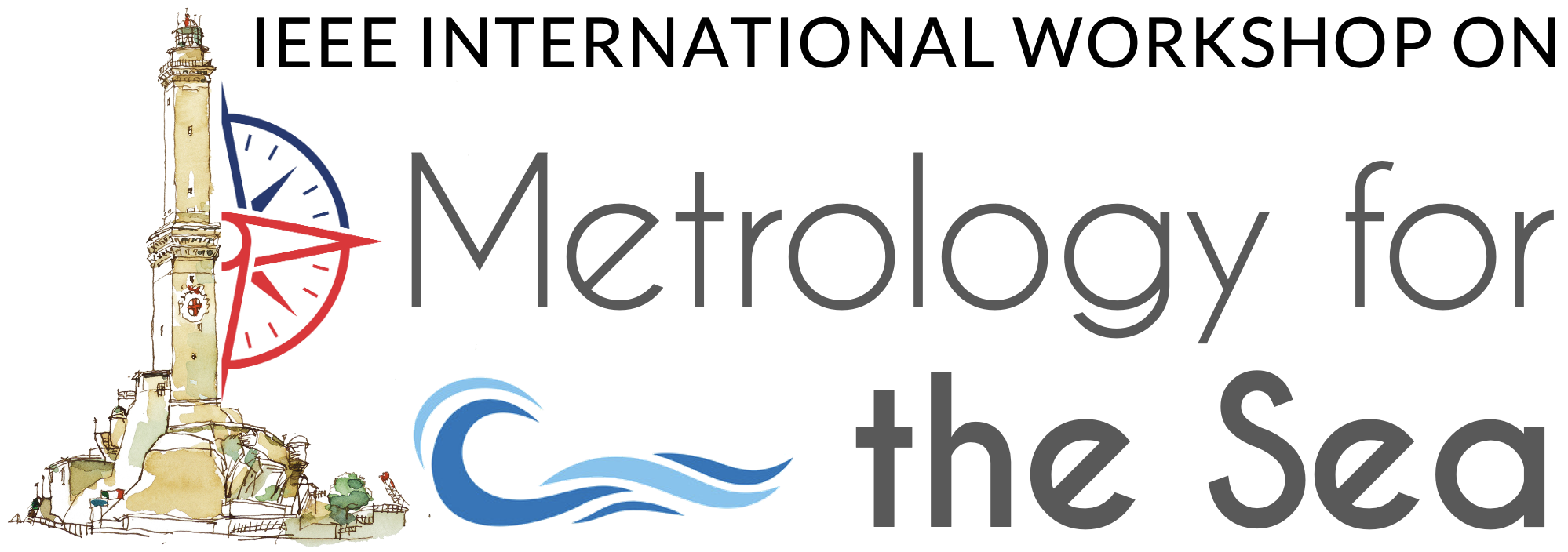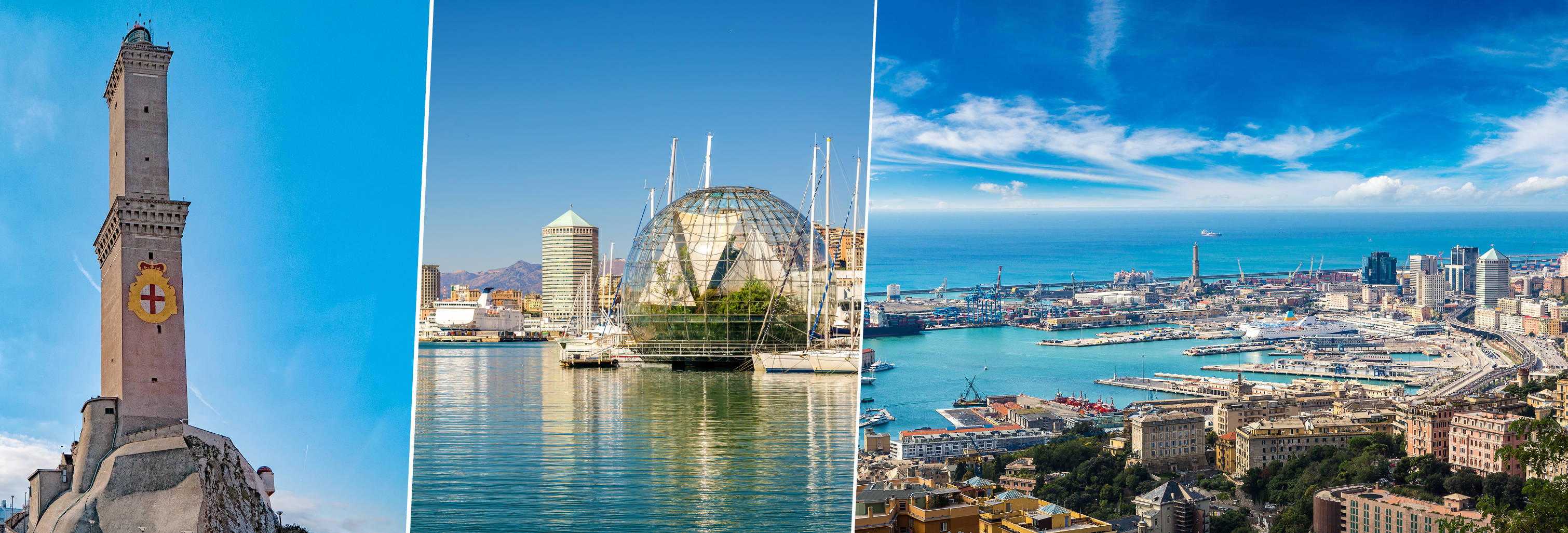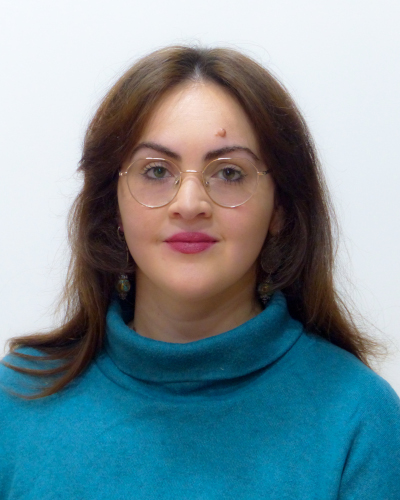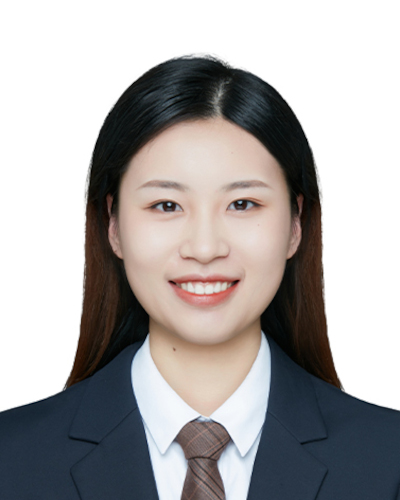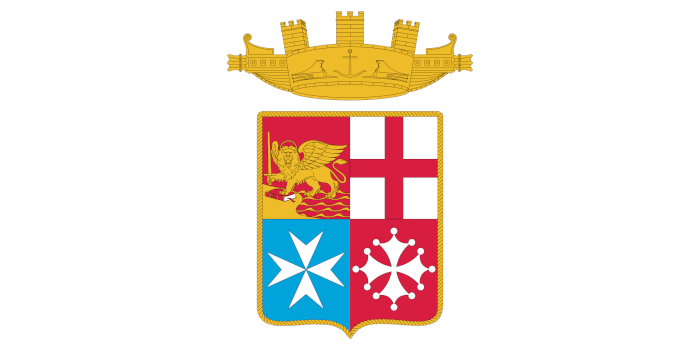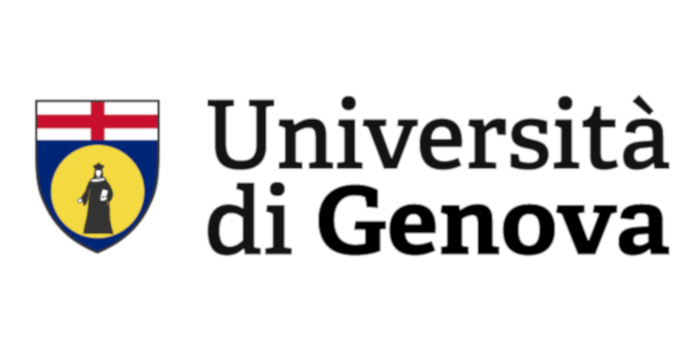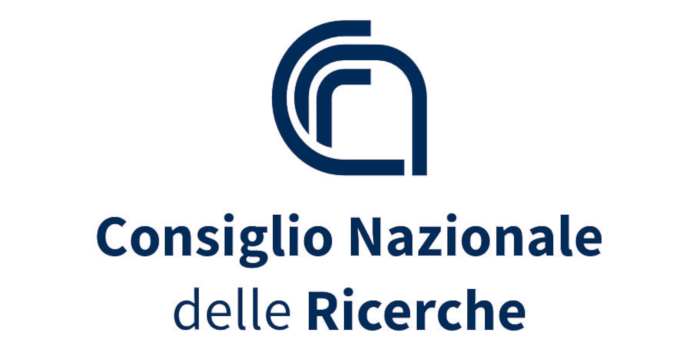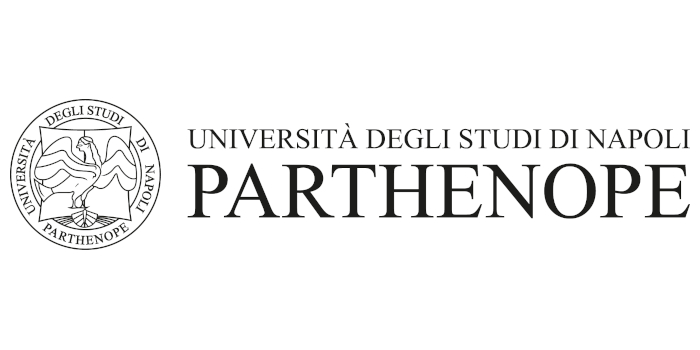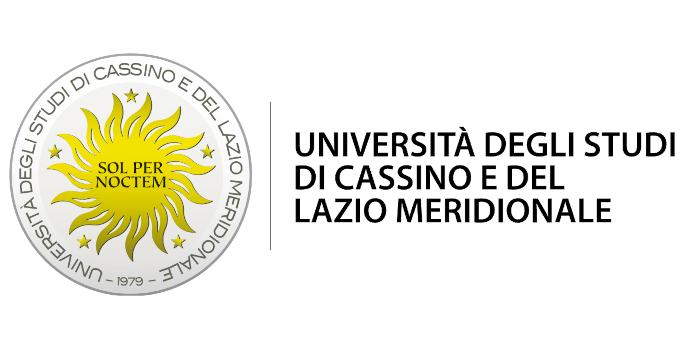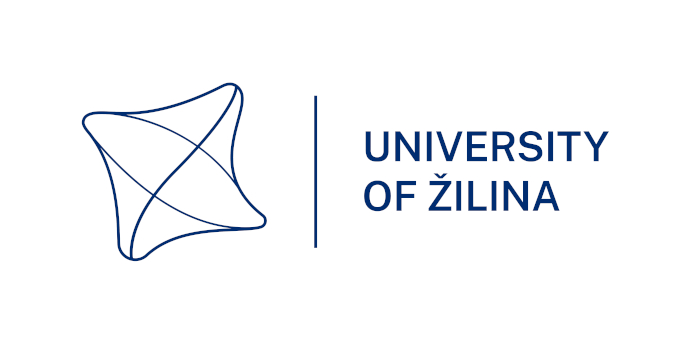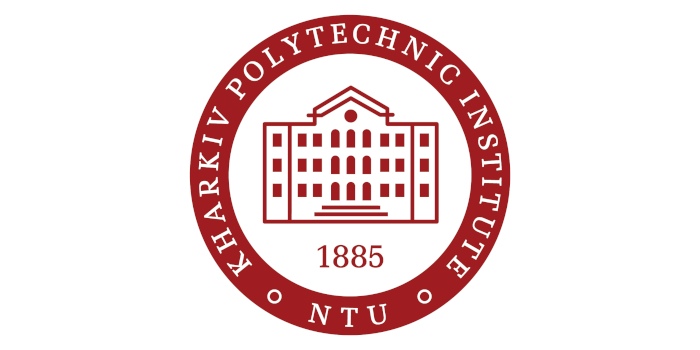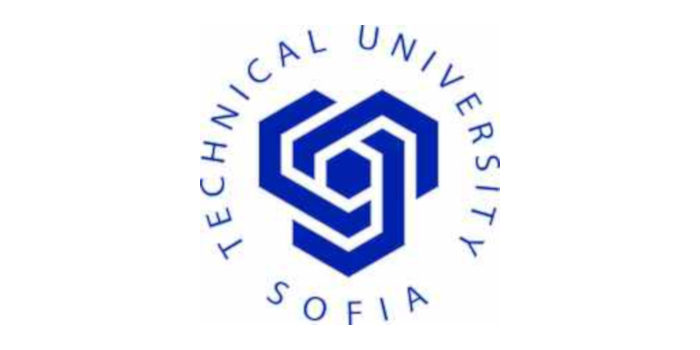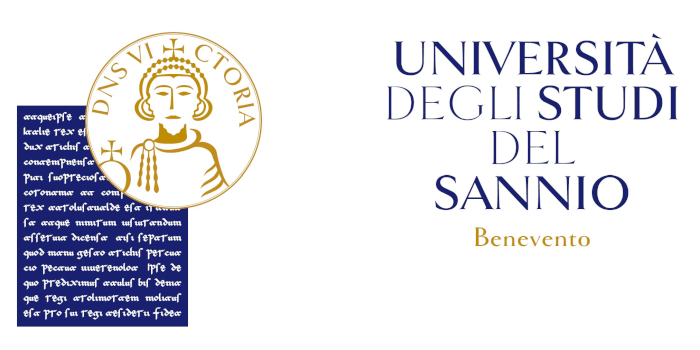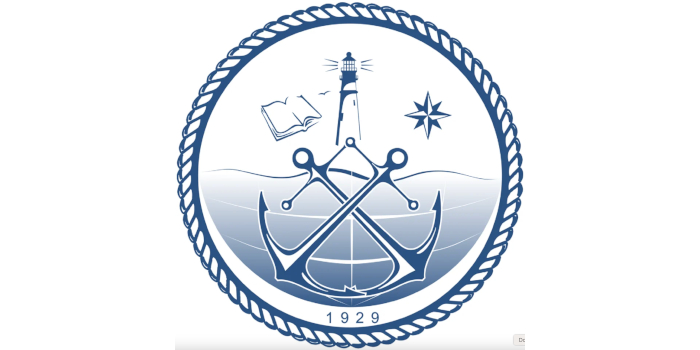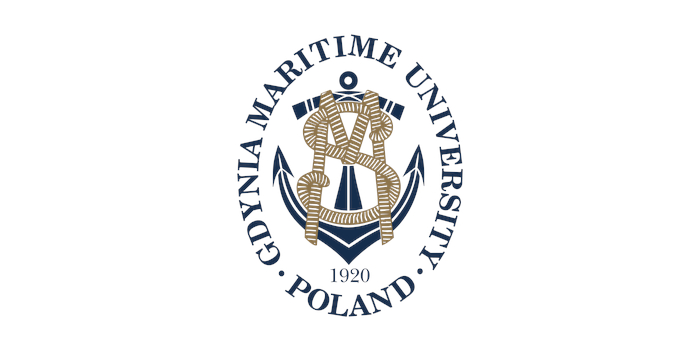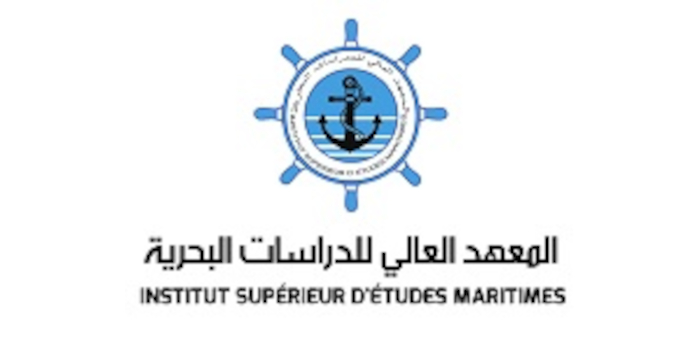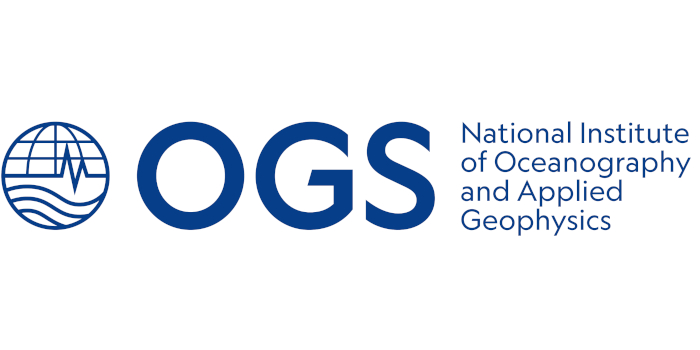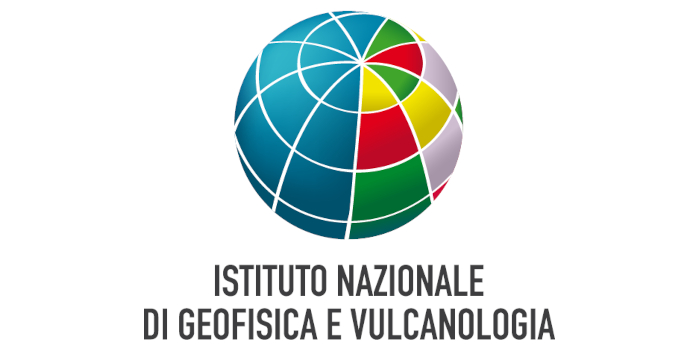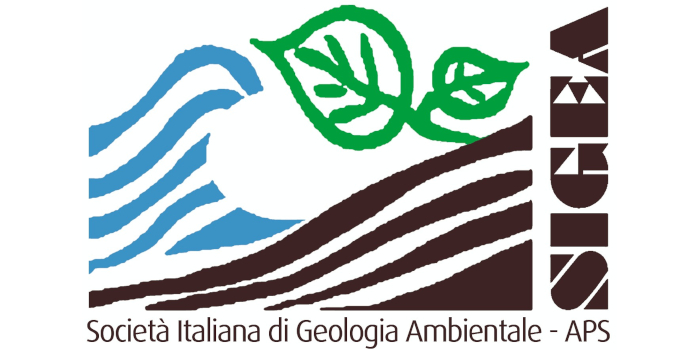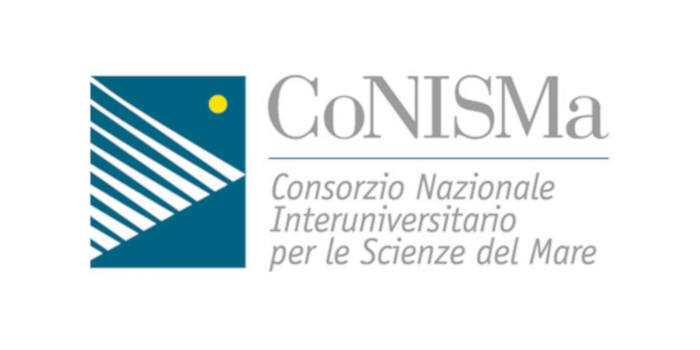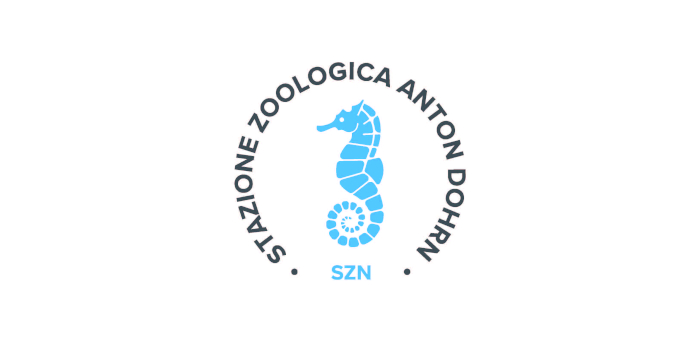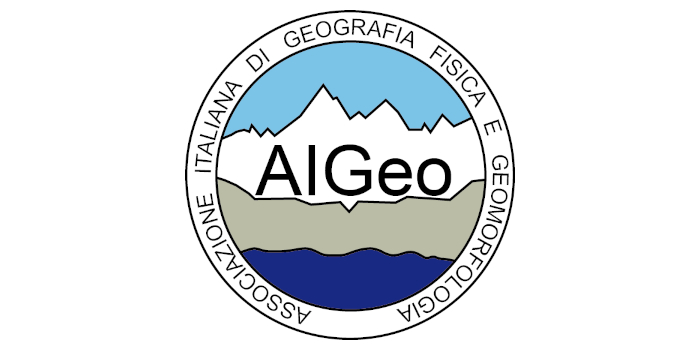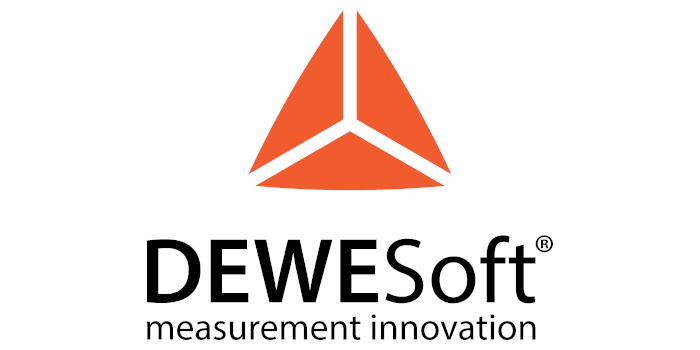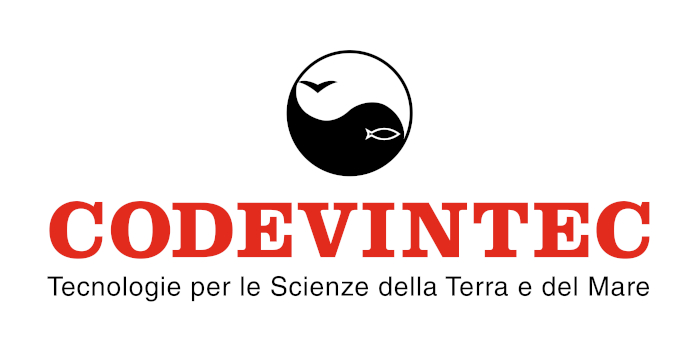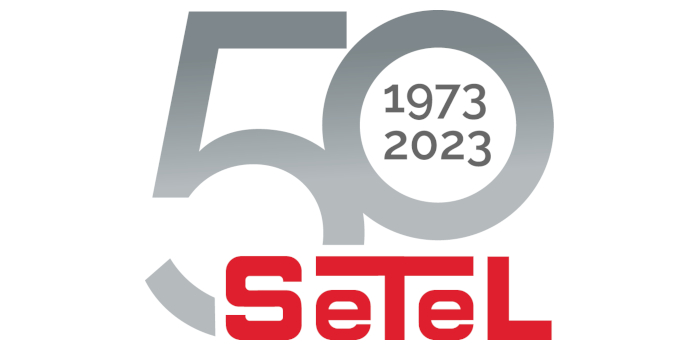SPECIAL SESSION #5
Detection and monitoring of water contamination phenomena
ORGANIZED BY
Anna Verlanti
Parthenope University of Naples, Italy
Morgan Simpson
University of Stirling, UK
Yuan Guo
Institute of Oceanology, Chinese Academy of Sciences, Qingdao, China
ABSTRACT
Our oceans are a vital global resource, but increasing levels of pollution are threatening marine ecosystems and our health. Plastics, chemical waste and oil are among the main sources of pollution that can harm marine life and reach humans through the food chain.
Continuous monitoring of the water is one of the key tools in protecting the health of the oceans and conserving marine life. Several in situ and remote sensing technologies can be exploited for this purpose.
The session will cover the best techniques in the field, that allow for the detection of changes in pollution levels to take targeted action for damage reduction. Among the various tools, special care will be made to remote sensing instruments, which routinely provide an incredible amount of information about the scene under observation.
TOPICS
The aim of this session is to explore and analyse newly developed remote sensing techniques and all methods specifically designed to address challenges in the marine and inner waters environments.
Potential applications include (but are not limited to):
- Pollution (e.g. oil spills, chemical pollutants);
- Marine litter;
- Algal bloom;
- Acquaculture.
ABOUT THE ORGANIZERS
Anna Verlanti was born in Italy, in 1996. She received the B.S. and M.S. degrees in telecommunications engineering from the Università degli Studi di Napoli “Parthenope,” Napoli, Italy, in 2019 and 2022, respectively. Since 2023 she has been Ph.D. student in Information Engineering with Università degli Studi di Napoli “Parthenope,” Napoli, Italy. From 2022 to 2023 she was Post-Graduate Research Fellow at University of Cagliari, Cagliari, Italy. Her main research interests deal with the generation of environmental added-value products from Synthetic Aperture Radar satellites measurements. In 2024 she received one of the “best paper award presented by a woman” from the IEEE International Workshop on Metrology for the Sea 2024 Conference in Portoroz, Slovenia. In 2023 Mrs. Verlanti received the Best Remote Sensing Thesis Award by the IEEE Geoscience and Remote Sensing Central-North and South Italy Chapters.
Morgan Simpson received the MSc in Earth and Planetary Observation at Stirling University in 2020. His dissertation was focussed on the use of Synthetic Aperture Radar (SAR) for detecting and monitoring water hyacinth within India. He was awarded his PhD from the University of Stirling in 2024. His work focused on the use of radar data to monitor and detect marine plastic pollution, either through satellite earth observation methods, or ground-radar methods. This work utilised both detection of marine debris material itself and potential proxies that could be indicators for plastic pollution. Since April 2024, he is a postdoctoral researcher on the ForthERA project. His work encompasses the use of radar remote sensing to monitor flooding, soil moisture, peatland water table depth and soil movement / interferometry. He have also been involved with the EU Horizon 2020 project DOORS, where his involvement was to monitor marine pollution within the Black Sea using SAR.
Yuan Guo her B.S. degree in Remote Sensing Science and Technology from Anhui University of Science and Technology, Huainan, Anhui, China, in 2020. She is currently pursuing a Ph.D. in Physical Oceanography at the Institute of Oceanology, Chinese Academy of Sciences, Qingdao, China, and the University of Chinese Academy of Sciences, Beijing, China.
Since October 2023, she has been supported by the China Scholarship Council (CSC) to undertake a two-year research exchange at the Dipartimento di Ingegneria, Università degli Studi di Napoli "Parthenope". She is actively involved in the “Dragon 5” and “Dragon 6” programs, a collaborative initiative between the European Space Agency and the Ministry of Science and Technology of the China, where her involvement is to monitor green tide events in the Yellow Sea and further investigate the C-band microwave backscattering mechanism over algae-covered ocean surfaces.
Her current research interests focus on deep learning-based object extraction from remote sensing imagery and physics-based microwave scattering analysis over coastal green macroalgae-covered ocean surfaces.
